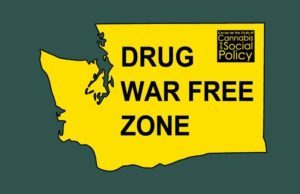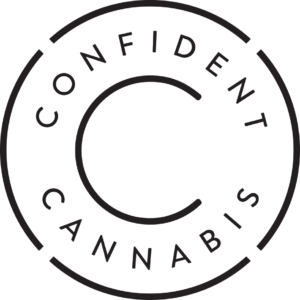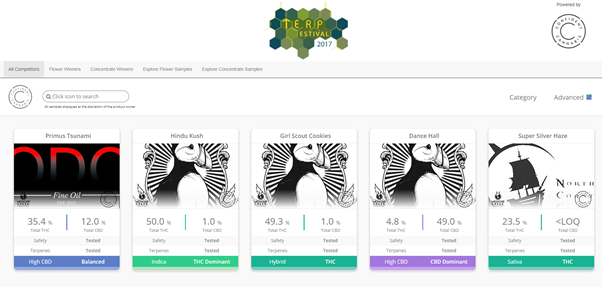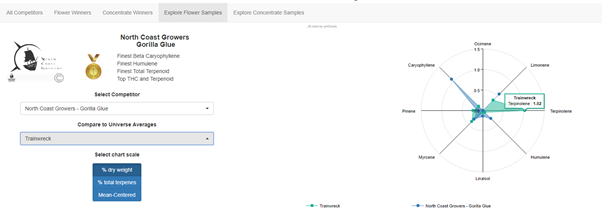by Dr. Dominic Corva, Executive Director
Yesterday, the Washington State Liquor and Cannabis Board (“LCB”) announced the parameters of its legislatively-mandated study on the feasibility of home grow in Washington State. Although they will be taking public comment on the document, the LCB has defined two distinct options, neither of which may be acceptable to citizens who want what 8 other states and Washington D.C. have, the right to grow a limited number of plants in the privacy of their own home without having to register in some way. Let’s be clear — although they list three options, the third is “status quo” so really there are only two options on the table at the moment.
It comes down to LCB control over personal home grows, in which the LCB issues permits to applicants and tracks everything they do in the State traceability system; or local jurisdictional control over personal home grows, in which citizens register with and are regulated by local jurisdictions (cities and counties, presumably).
The first option would require that the LCB spend a great deal of money attempting to police who knows how many tiny operations across the state. This is something the underfunded agency definitely does not want to have to do, although if the legislature told them to they would probably try. It’s unlikely that the legislature will tell them to do something they are clearly not funded well enough to do.
The other option is more pragmatic — leave it to local jurisdictions to opt in our out; and local police to enforce or not. High upon the list of reasons the LCB lists not to do it is their impression that allowing home grow would run counter to the Cole Memo’s guidelines to prevent diversion and access by children. However, such a system would make home grow a privilege for citizens living in jurisdictions that would allow it. We could expect much of the State’s local municipalities to react in the same way they have for legal cannabis, banning or zoning home grows out of much of the State. In a sense we would be legislating State-local experiments within the Federal-State experiment.
Without going into too much detail, let’s identify the assumptions — the model of the world — underpinning the options the LCB is willing to consider.
- They are expanding the Cole Memo guidelines into policymaking guidelines, by defining the “diversion” injunction far more broadly that its original interpretation. In the original interpretation, the concern for diversion was read as strictly applying to the regulated markets in question. That is, States were charged with policing diversion out of regulated cannabis markets, not policing Federal prohibition writ large ie the segment of the black market that has nothing to do with the legal market. In so doing, the LCB is greatly expanding the scope of its policing mandate, effectively taking on the task of prohibition itself.
- I would point out that the legal market IS supposed to mitigate the black market, as they are clearly aware, but it is supposed to be doing so through civil rather than criminal governance. They are supposed to be creating a safe, highly accessible regulated market that consumers can choose over the black market. In my model of the world, I 502’s architect Alison Holcomb-advertised purpose was to help end the “failed” war on drugs and market creation was a nice collateral benefit, per City Attorney Pete Holmes’s words when Cannabis City inaugurated legal retail availability June 2015.
- This is a serious, serious tension between how the LCB understands its mandate and what the voters of Washington and anyone interested in ending the war on drugs want out of cannabis legalization. It is the assumption that makes reality-based policy impossible. If the LCB understands its mandate as prohibition-to-prop-up-legalization, then it will repeat all the mistakes of prohibition — namely, the impossible pursuit of perfect control that has wasted billions of taxpayer dollars and countless lives, in the name of protecting society from something it never needed to be protected from. Anyone who understands the history of drug control understands this. If the LCB does not understand the history of drug control, they have no business governing cannabis legalization.
- The necessity of a permit from the State not only creates a patchwork of local opt-ins and leave-outs. It also raises serious Federal constitutional questions around the right to privacy; and opens up the State to having to overturn Leary v. United States (1969), which successfully overturned the 1937 Marijuana Tax Stamp Act on the grounds of self-incrimination. That Supreme Court decision is why we are governed by a 1971 Public Health law, the Controlled Substances Act, instead of the original 1937 Prohibition law. If it’s not about medicine, it becomes about privacy. At that point I don’t see why a class action lawsuit on the grounds of that Supreme Court decision couldn’t overturn Washington’s legalization framework altogether, putting the LCB out of a job (again).
- The argument that home grow may increase access by children is an argument that requires the State to police parenting. Adult citizens with children should be assumed to be responsible, not irresponsible, and trusted to act in their children’s best interest. It’s way past high time to let parents raise their own children, in the privacy of their own homes, without assuming that poor parenting decisions should be regulated by a set of Federal guidelines that are interpreted so completely differently by every other State doing legalization.
- Washington State has been in open rebellion against unreasonable Federal policy for far more than just cannabis. Our Governor and our Attorney General have made hay out of resisting the Trump administration’s efforts to police immigration — one could say we are one of the leading States in that regard. Why should we be so cowardly in the face of Federal threats, especially when our legal cannabis system is more tightly controlled (and controllable) than every other State that has done it? This State insists on protecting its citizens and non-citizens from what it perceives as Federal overreach. We have room to rebel when it comes to legal cannabis, because we have the most tightly controlled system already (thanks to this LCB, already).
- Why is there a disconnect between the governor and AG’s general political attitude towards Federal overreach and its approach to cannabis policy? Unless some unprecedented flurry of citizen organization emerges, there’s no political capital to be gained by resisting Federal overreach with respect to cannabis policy. Governor Inslee and LCB chief Rick Garza are high school buddies. Inslee calls Garza “Ricky.” They are super-close, and it’s highly likely that Inslee basically doesn’t have any interest in contradicting his buddy over something that really doesn’t affect his political prospects.
- I want to stress that Rick Garza and the LCB aren’t acting out of evil intentions or even the desire for power, necessarily. The LCB was created to control post-prohibition alcohol markets. If it’s in their mandate, of course they see the need to fulfill that mandate. Rick Garza is also clearly on the other side of the culture wars — his attitudes towards cannabis are far more likely to reflect the American public at large’s assumptions about the dangers of cannabis, which didn’t change with legalization. Those dangers, as any rigorous student of drug policy history, reflected the politics of social control rather than any scientific or rational basis. In the 1930s it was about policing minorities and migrants. In the 1970s it was about policing minorities and the antiwar movement. Those laws are a monument to racism, not concern for the rights of free citizens, especially in the privacy of their own homes.
In the coming months there will be lots of reaction, and if history is any indication an utterly ineffective effort to steer us back towards reality-based policy. Prohibition fails to do anything but fund more policing and prop up black market prices, stimulating incentives to produce and putting production in the hands of elements that include, on the extreme spectrum, elements willing to use violence to manage risk. This is a historical fact.
Washington State has less to fear in terms of Federal intervention than any other State. This is a contemporary fact. Capitulating to the politics of fear is craven, not courageous, and certainly not progressive, which really is a Washington State brand of politics. That is a fact. We don’t deny climate change, we stand up for immigrant communities, we have same-sex marriage. Those are facts. It’s true that we we have a regressive State tax policy as well, so there are ways in which that brand isn’t terribly consistent.
The question is, how can the politics of home grow be granted the kind of consideration that climate change, immigration, and LGBTQ politics get. Why should the LCB buy into that frame? There are, at the moment, no effective organizing strategies that would allow them to do so. Let’s see what happens in the next three months. I really hope that we don’t repeat the track record of cannabis organizing in this state, which one of division and utter impotence.







